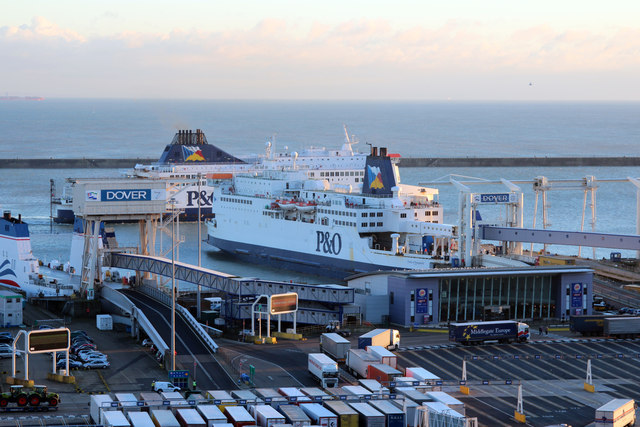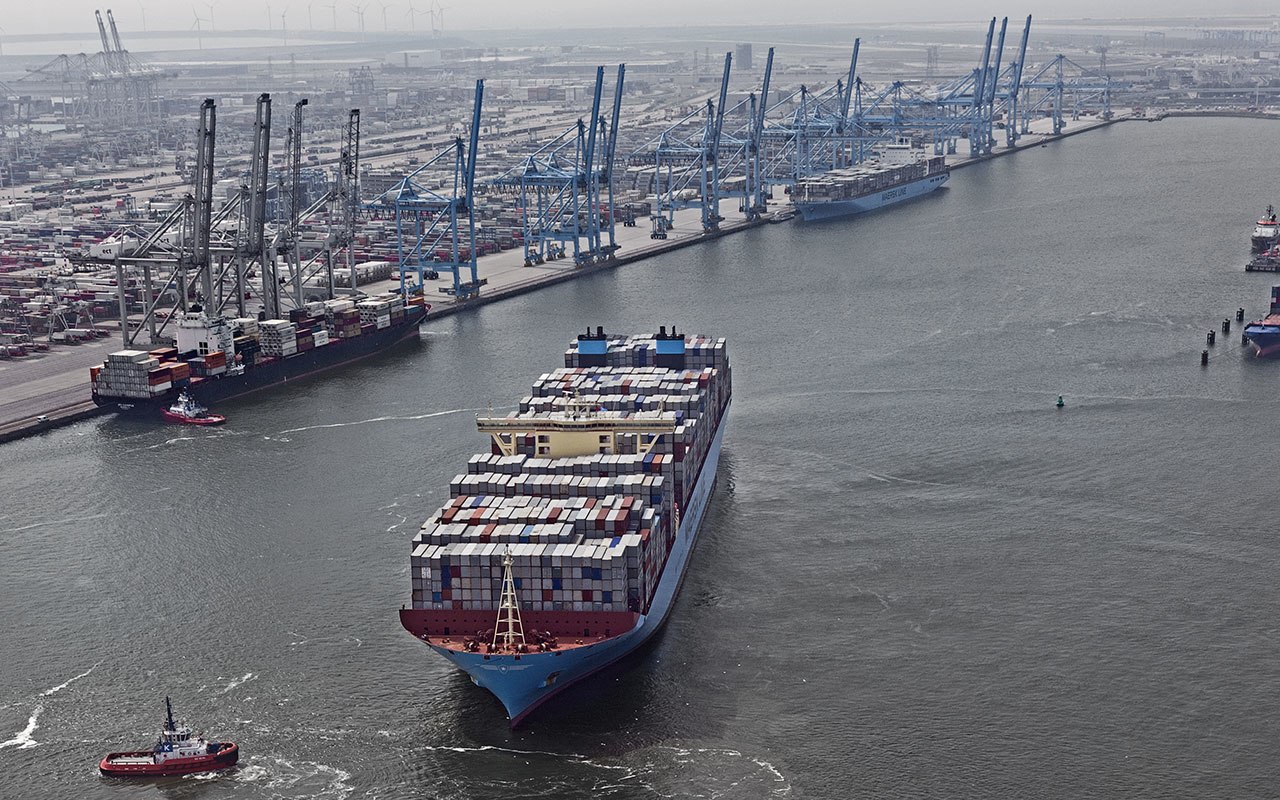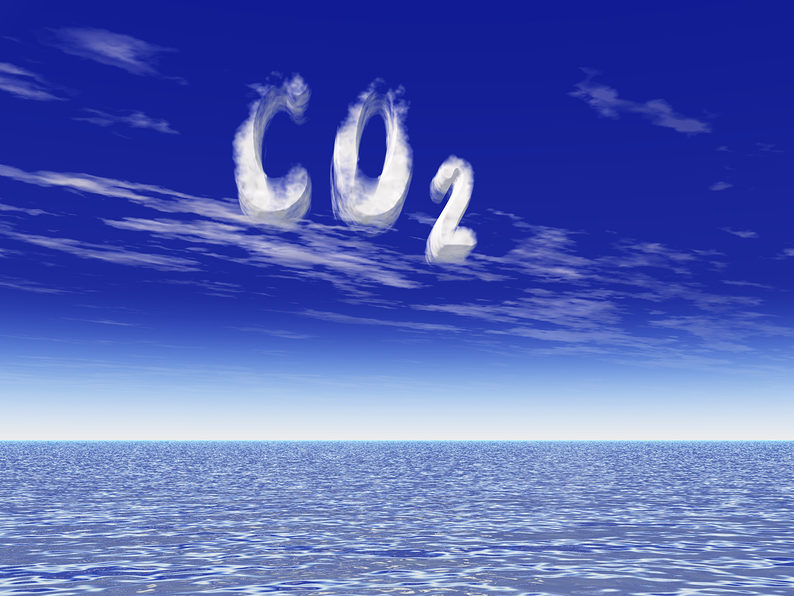It's not the joy in being part of an emission trading scheme, it's the realisation they can get €1,5bn to help with decarbonisation that has made shipowners smile
You will have seen all the shipowner lobby groups proclaiming their joy on social media this week about a decision in Brussels to bring shipping into the region’s emission trading scheme.
The sum of €1.5bn is no made-up number; it is the estimated amount of the European Innovation Fund being earmarked for shipping once the industry is in the region’s emission trading scheme, likely from 2024, and it is also likely to be minimum, not a maximum, as it will be directly linked to the price of carbon.
So this is what shipowner groups are happy with, having become resigned to the inevitability of the ETS; the fact that there will be this dedicated amount available for the period up to 2030 to help the industry decarbonise.
This is not some propaganda by Brussel’s elite to convince us about the introduction of the maritime sector into the regional ETS, but it has ruffled a few feathers, and the ink is not yet dry on the deal, notably other European industry sectors that do not have a dedicate pot of money. This week’s announcement comes unofficially from inside the Trilogue (tripartite dialogue) talks that take place behind secretive closed doors between Council, Parliament and Commission, the three legislative pillars of Brussels. These particular talks are about the whole revision of the ETS where shipping is just one part.
The introduction of shipping into the ETS is part of a sweeping increase in ambition in Europe under the so called Fit for-55 set of measures. You have probably heard of the Fuel EU Maritime, REDD and other policy screws that are bring tightened or introduced to achieve that ambition. The changes to the ETS go far wider than just shipping, but shipping is so far the only industrial sector to have part of the innovation fund ring fenced for it.
The way the ETS works will determine how much shipping’s Innovation Fund is, but the minimum is said to be about 15% of the €10bn annual Innovation Fund, and is itself a fraction of the total ETS revenues, of which 75% will go to member states for their use, and 15% on the EU budget,
The ETS works by Brussels allocating member states a certain number of allowances (One allowance, one tonne CO2) for a given year. The amount depends on the intensity of the country’s industries covered under the ETS. The countries then auction the allowances, and then a secondary market appears too, allowing emitting entities to then buy allowances according to market conditions – the price of the allowances on the carbon markets is therefore the price of carbon
Shipping will now be in that market so owners with ships trading in or into and out of European waters will need to get hold of allowances. There is also a phase in period, so in the first year of trading on the ETS owners will need to account for 40% of the vessel’s emissions, then 70% the next year and 100% the year after that
At the end of a given year the organisations which have to be in the ETS then verify their emissions and submit the data and surrender the equivalent number of allowances. If they have too few they go to the market again to buy them, and if they have too many they can sell them or keep them for the next year.
Once the trilogues are done, and reports suggest it could be by mid December 2022, then shipping’s first entry will likely be in 2024. This means owners need to trade emissions allowances for then, but submit data and allowances in mid-2025. In the first year vessels will need allowances for 40% of their emissions, 70% in the next year and then 100% in the third. And emissions accounting include methane and nitrous oxides as well as CO2
A key note here is how owners are allowed to defer the costs of the ETS onto ship charterers and the phase in period.
Putting the money where it's needed
So, what will shipping do with the 1.5bn annual allowance?
The question is probably a bit cheeky as owners will still have to pay for allowances equal to their vessel emissions based on the market price of carbon in return for the shipping Innovation Fund to be made available.
The answer though is a lot more than what it can currently do with money allocated from the innovation fund which has strict Euro centric focus, says Sotiris Raptis, Secretary General of the European Community Shipowners Association in a special Aronnax podcast interview.
Funds will be allocated though the usual European call process, but with dedicated calls focused on shipping, and Raptis thinks they will be used on building infrastructure for fuels and ports, retrofitting, clean fuels and most important, the development and use of contracts of difference.
This is a key tool in the use of alternative fuels such as those based on hydrogen as their relative costs to hydrocarbon fuels are significantly higher. Contracts of difference are a sort of aid to ensure shipowners and operators pay a comparable amount for clean fuels as they do for those they are being urged to move away from.
In short shipping will get over €200m a year from the start of the ETS to 2030, to help decarbonise, and on top of that there’s the money coming from the ETS to national coffers that will also be used to decarbonise, which can also be applied to shipping infrastructure at member states discretion.


































